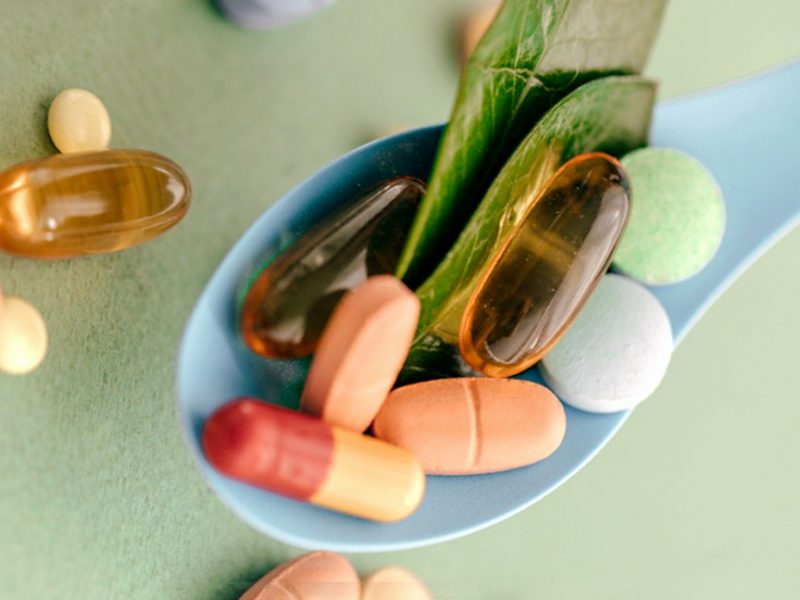Energy metabolism
As we have mentioned before, one of the missions of nutrients is to provide energy. This energy is translated into the synthesis of a fundamental compound in all energy processes: Adenosine Triphosphate. ATP is involved in a multitude of processes such as digestion, muscle contraction, transmission of the nerve impulse, cardiac contraction, protein synthesis. For this, this molecule loses its phosphate groups, transforming into adenosine diphosphate (ADP) and adenosine monophosphate (AMP). Therefore, the presence of ATP in a system is indicative of an optimal energy state, while the presence of ADP or AMP would be related to a process of energy expenditure.
ATP
ATP can be resynthesized through the metabolism or oxidation of nutrients. The metabolism of carbohydrates is known as “Glycolysis”.
Carbohydrates can synthesize ATP anaerobically (2 ATP) or aerobically (36 ATP). The starting product is glucose, which can be stored in the form of glycogen in the muscle and in the liver. Glucose undergoes a series of 10 metabolic reactions in the cytosol of cells, known as glycolysis. This process yields 2 ATP and gives pyruvate as the final product.

If the energy requirement is fast, pyruvate can become lactate through the reaction catalyzed by lactate dehydrogenase, this being an anaerobic process. Lactate is toxic to the muscle cell, since its accumulation would acidify its cytosol and could compromise muscle contraction. The liver is responsible for recycling this lactate and that produced naturally by red blood cells, transforming it into glucose.
If energy requirements are not immediate, pyruvate can enter the mitochondrial Krebs cycle and generate much more ATP. This process requires the presence of oxygen (aerobic) and can provide the most energy during moderate effort.
Lipids always require the presence of oxygen to synthesize ATP, that is, they always work aerobically. The starting products are triglycerides made up of a glycerol molecule that is esterified with 3 fatty acid molecules.
Triglycerides are stored mainly in adipose tissue and are mobilized when needed to provide energy. For this, they are dismantled in glycerol and the 3 fatty acids.
Glycerol is incorporated into the glycolytic pathway, while fatty acids are oxidized in the mitochondria in a process called Beta-oxidation that, through the Krebs cycle, allows obtaining a large amount of metabolic energy: 460 ATP.

During aerobic exercise, fats can provide between 30-80% of energy, depending on the degree of training of the athlete. Their limitation lies in the fact that they always require the presence of carbohydrates to oxidize, since these provide intermediates in the Krebs cycle so that it can work more quickly.
Therefore, should we take Carnitine supplements?
Yes, finally proteins, although they have always been attributed a structural function, can also, under very special conditions, generate metabolic intermediates that can be incorporated into ATP production routes.
The starting product would be the amino acids themselves, either those found in certain proteins or those that are stored in specific tissue reserves. Some of these amino acids that can be incorporated into energy production pathways are leucine, isoleucine, valine, glutamine or aspartic among others. The first operation is to eliminate the (toxic) amino group from the amino acid structure, making it a compound that can now access various metabolic pathways. This process of removing the amino group is called transamination.



